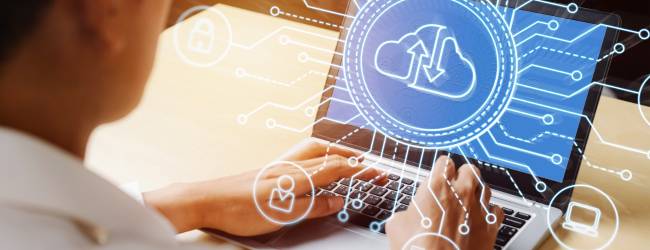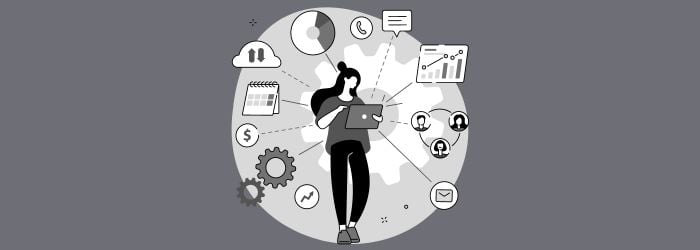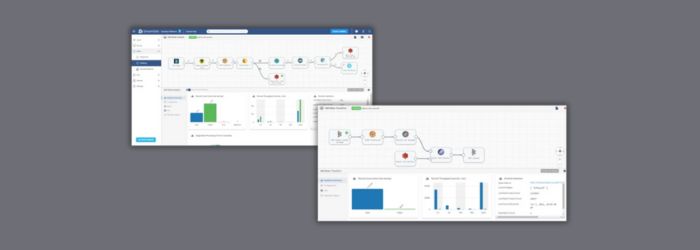In today's digital era, data fuels innovation and drives social change. It helps us understand and predict trends and provides us with new methods to solve our problems, improving the quality of life with informed decisions.
As advanced data solutions consultants, we understand better that data can be leveraged to change people's lives for the better. For example, data helps scientists learn more about the world around them to protect the environment. It can also help a business grow by improving its operations to make better-informed decisions.
From predicting natural disasters to improving healthcare systems, we are witnessing a remarkable transformation in how data is being used to create a better world.
Introducing data for social good.
Data is increasingly becoming a part of our everyday lives. We use it to make decisions about what to buy, where to go, and how to live our lives. The ubiquity of data has led to a new field of study called “data science” which is concerned with extracting insights and knowledge from large data sets.
But data isn’t just for businesses or academics—it can also be used for good. Non-profit organizations are using data to track and improve global health outcomes, fight human trafficking, and to protect the environment. Here are some examples of how data is being used for good:
- The Data Science for Social Good Fellows program offers 12-week fellowships to graduate students and postdocs who want to use their skills for good. Fellows work on projects with non-profits and government agencies on issues like public health, education, energy, and transportation.
- DataKind is a nonprofit that partners with other organizations to help them use data more effectively to solve social problems. They offer pro bono services like data strategy consulting, training, and workshops on specific tools and techniques.
- The Code for America Brigade program connects technologists with local governments to help them build open-source software solutions to civic problems. Brigades have worked on projects like creating an online platform for citizens to submit requests for street repairs and designing an app to help people navigate the food stamp enrollment process.
Social Data Analysis is helping to end hunger.
Data is helping to end hunger in several ways. For one, data is being used to map out where hunger is most prevalent and provide near real-time monitoring of hunger. This information is then used to target aid and resources to areas that need it the most. Additionally, data is being used to track and predict food production. This helps ensure that there is enough food to go around and that it gets distributed evenly. Finally, data is also being used to monitor and evaluate programs to reduce hunger. This ensures that these programs actually impact and make a difference.
Data for social good is improving healthcare.
The key is providing more information to doctors and other healthcare providers. For example, data from wearable devices can be used to track trends in a person’s health and activity level, which can help doctors tailor their care. Additionally, data can be used to identify potential health risks and outbreaks earlier, which can help contain them before they cause widespread harm.
Another way data is improving healthcare is by making it more affordable. By using data to understand how diseases progress and what treatments are most effective, we can develop targeted therapies that are less expensive than traditional treatments. Additionally, data can be used to improve the healthcare system's efficiency, reducing costs for everyone involved.
Lastly, data is helping us understand more about our own health and bodies. We now have access to a wealth of information about our personal health that was previously unavailable. This knowledge can empower us to make better decisions about our own health and wellness.
Data is helping to protect the environment.
With big data and analytics solutions, researchers can have the best possible picture of the issue they're facing — allowing them to see correlations they may have missed with smaller data sets or less advanced analytic techniques.
Networks of sensors are being used to collect data on air pollution, providing information for climate researchers, businesses, and governments who want to take steps to improve air quality. These groups are adopting big data technology to process the large volumes of data collected by these sensors and creating visualizations of air quality. These visualizations help researchers draw connections between geography and data—identifying areas where air pollution has trended up over time and identifying potential causes.
Big data is also being used to improve conservation. For example, the journey of migrating birds is fraught with human-made danger— like hunting, fishing operations, and navigation-disrupting light pollution. With advance notice, it’s possible for scientists to mitigate some of these dangers, pushing for moratoriums on hunting and fishing and requesting that people turn their lights out when possible.
However, these strategies only work if you know when the birds will take flight. Despite the seasonal regulatory of migration, the migratory patterns of individual birds remain challenging to predict. New migration-prediction algorithms are now based on over two decades of radar data.
Data for social good is fighting crime.
In recent years, social data analysis has become increasingly important in the fight against crime. By analyzing large data sets, law enforcement agencies can identify patterns and trends that would otherwise be undetectable. This allows them to target resources more effectively and prevent crime before it happens.
For example, the New York Police Department has used data analytics to reduce crime rates in the city greatly. By studying patterns of past crimes, they have developed predictive models that help them deploy officers to areas where crime is most likely to occur. As a result, violent crime in New York has decreased by more than 70% since 1993.
Data is also being used to help solve cold cases. In 2018, the FBI launched a new program called “VICAP,” which uses data analytics to match unsolved crimes with similar ones that have already been solved. This allows them to narrow their search and potentially find new leads in old cases.
All of this shows that data can be a powerful tool in the fight against crime. As data becomes more accessible and sophisticated tools for analyzing it become more commonplace, we can only expect this trend to continue.
Conclusion
Data for social good is an innovative approach to using data and technology to improve the world. As more organizations realize this potential, they are increasingly turning to data-driven decisions and initiatives that can lead to tangible social and business impact.
At SME, we are committed to helping our customers use their data ethically and consciously to become more data-driven. We have been honored with the opportunity to support various organizations on projects that impact the community, including a project in 2020 that provided near real-time analytics to healthcare institutions to track COVID-19 data.
.png?width=700&height=127&name=Blue%20Mantis%20formerly%20known%20as%20SME%20Solutions%20Group%2c%20Inc.%20(GREEN).png)





